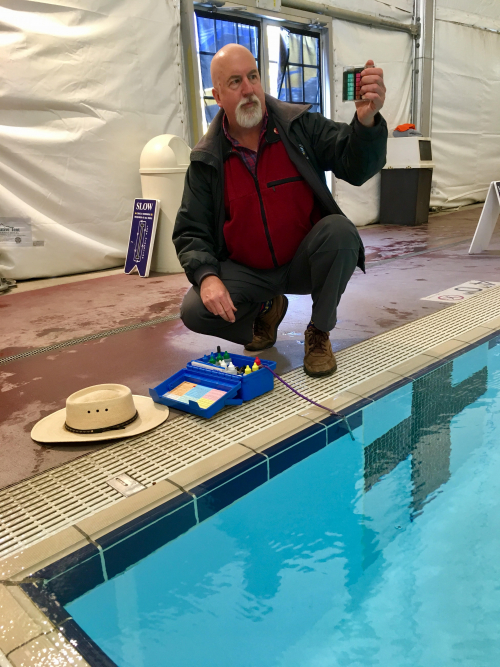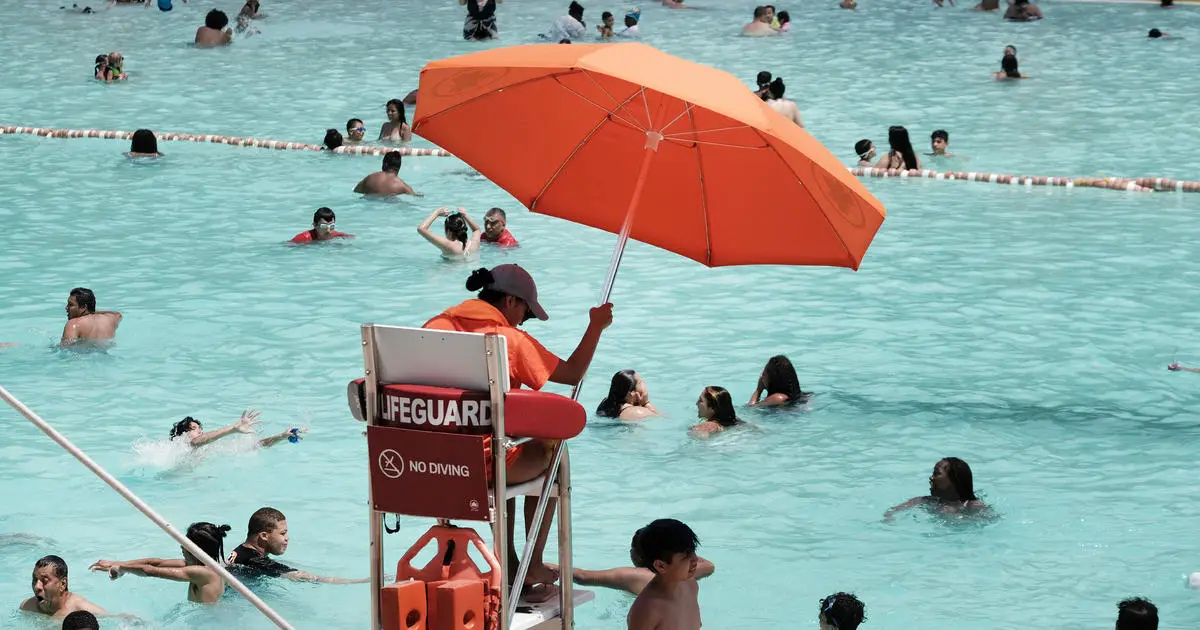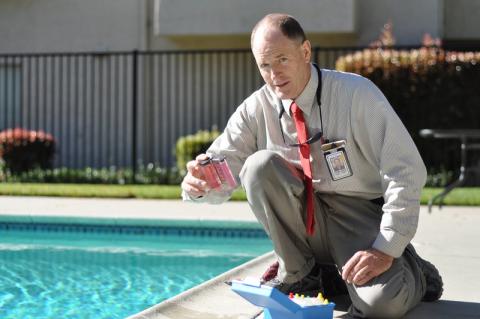Regulations for all states in the US develop the testing parameter regulations for public swimming pools and dictate the required safety equipment, pool rules signs, and safety signs as well as various other traditional construction and safety regulations related to swimming pools. What are the Department of Health Public Swimming Pool Guidelines?
- Health Dept. Pool regulations ensure safe swimming for the Public
- Regular monitoring of H2O quality
- Safety equipment-lifeguard chairs/rescue poles/first aid kits
- Staff training/certification
- Facility maintenance
- Compliance enforced by inspection
- Non-compliance can lead to fines, closures/license revocation
Introduction:
Public swimming pools are beloved recreational spaces where people of all ages gather to cool off, exercise, and enjoy leisure time. However, amidst the splashes and laughter lies a crucial responsibility: ensuring the safety and well-being of every swimmer.
This responsibility is shouldered by health department regulations, which serve as the guardians of public health in aquatic settings. These regulations play a vital role in safeguarding individuals from waterborne illnesses and other hazards that can lurk beneath the pool’s shimmering surface. By establishing stringent standards and guidelines, health department regulations aim to create an environment where swimmers can immerse themselves in fun and relaxation without fear of harm. In this article, we will delve into the significance of these regulations, exploring how they contribute to the protection of public health and the prevention of waterborne illnesses.
What Are Department of Health Swimming Pool Guidelines
Health department pool regulations are critical for maintaining safe and hygienic swimming environments in public pools. These regulations encompass various aspects, including water quality, safety equipment, staff training, and facility maintenance. Parameters such as pH levels, chlorine concentrations, and water clarity are closely monitored to prevent waterborne illnesses and ensure safe swimming conditions.
Additionally, regulations mandate the presence of safety equipment such as lifeguard chairs, rescue poles, and first aid kits to respond effectively to emergencies. Facility requirements, including fencing, signage, and emergency exits, further contribute to the overall safety of the pool environment. Compliance with these regulations is enforced through routine inspections and compliance checks conducted by health department officials.
Non-compliance can result in fines, temporary closures, or revocation of operating licenses. Therefore, it is crucial for pool owners, operators, and staff to prioritize compliance with regulations to protect the health and well-being of swimmers. By adhering to health department pool regulations, we can ensure that public swimming pools remain safe and enjoyable spaces for all.
Who Are the Health Department
Understanding Health Department Swimming Pool Regulations

Health department pool regulations encompass a comprehensive framework designed to uphold the safety and well-being of individuals utilizing public swimming facilities. These regulations are multifaceted, addressing various aspects crucial to maintaining a clean, safe, and enjoyable swimming environment for all patrons.
At their core, health department pool regulations dictate standards for water quality, ensuring that the water within the pool meets specific criteria for cleanliness and sanitation. Parameters such as pH levels, chlorine or other disinfectant concentrations, and water clarity are meticulously monitored to prevent the proliferation of harmful bacteria and pathogens. By adhering to these standards, pool operators mitigate the risk of waterborne illnesses and create a hygienic environment conducive to aquatic recreation.
In addition to water quality, health department regulations govern the provision and maintenance of safety equipment within swimming facilities. From lifeguard chairs and rescue poles to first aid kits and emergency signage, these regulations mandate the presence of essential safety measures to respond effectively to accidents and emergencies. Furthermore, facility requirements such as fencing, barriers, and properly marked emergency exits are enforced to prevent unauthorized access and ensure swift evacuation in case of need.
Moreover, health department pool regulations extend to the training and certification of pool staff, including lifeguards, attendants, and maintenance personnel. Rigorous training programs and certification requirements equip staff with the knowledge and skills necessary to oversee pool operations, enforce safety protocols, and respond promptly to incidents. By investing in staff training and education, pool operators enhance the overall safety and professionalism of their facilities, instilling confidence in patrons and reducing the likelihood of accidents.
Overall, the overarching goal of health department pool regulations is to create a safe and welcoming environment where individuals can enjoy recreational swimming without compromising their health or safety. By addressing key areas such as water quality, safety equipment, facility maintenance, and staff training, these regulations strive to uphold the highest standards of cleanliness, hygiene, and professionalism in public swimming pools. Through diligent compliance and proactive measures, pool operators play a pivotal role in realizing this vision, ensuring that every swimmer’s experience is both enjoyable and risk-free.




